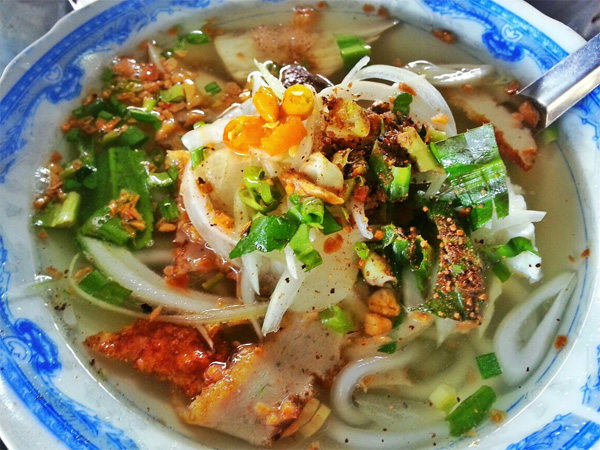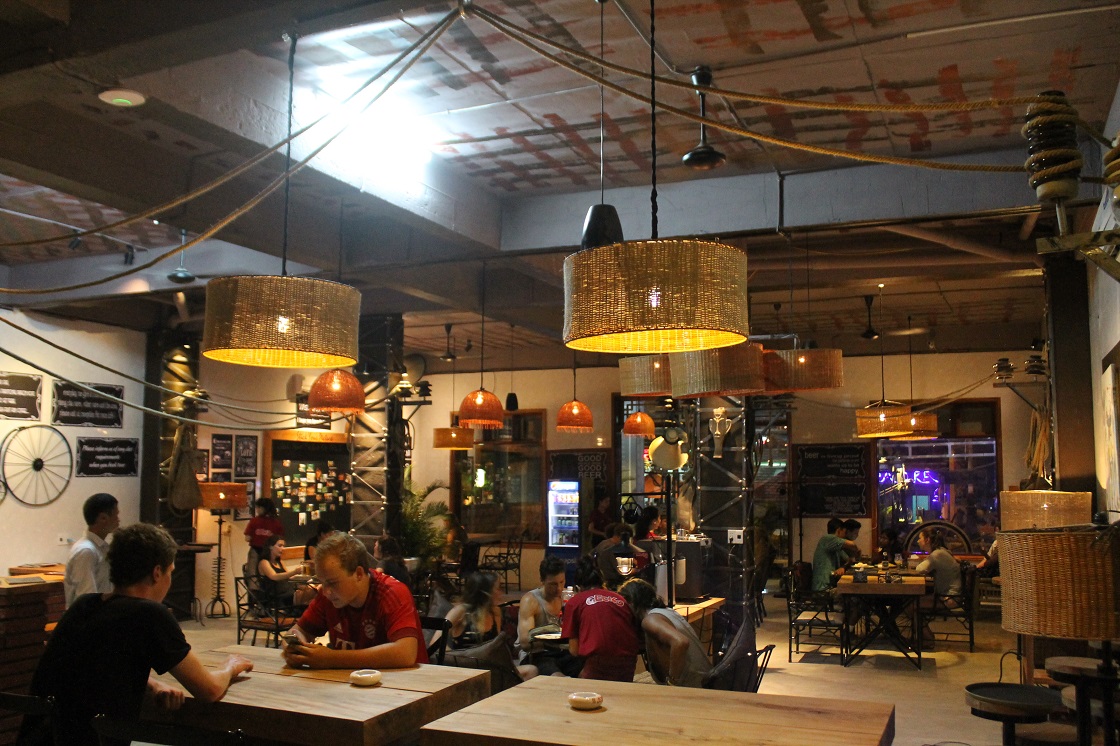Travel Guide in Phong Nha Ke Bang National Park
Phong Nha-Ke Bang is a National Park and a UNESCO World Heritage Site in Quảng Bình Province, in the north of the Central Coast region of Vietnam. The park is 40 km north of Dong Hoi, around 500 km south of Hanoi.
Phong Nha town is on the edge of the park just off the main highway, and has undergone some growth since the caves were discovered. Most accommodation, restaurants and travel providers are in the town, although there are some good places in the surrounding villages – where the trade off is the peace and quiet!
Situated roughly 45km to the northwest of the provincial capital of Dong Hoi, the limestone massifs surrounding Phong Nha are similar to those seen on the Andaman coast of Thailand and central Laos around Vang Vieng and Vieng Xai and mark the stark change in the geology of Vietnam as you pass from south to north.
The original “discovery” of the cave system within Phong Nha park is credited to a Frenchman in the late nineteenth century, but it wasn’t until 1990 that the magnificent Phong Nha cave was surveyed by a team of British and Vietnamese cavers. Then in 1992 came the title of the world’s longest river cave with a length of 7.729km and the first 600 metres of the cave was opened up for public viewing.
Subsequently came the “discovery” of Son Doong — most recently in 1991 by a local villager named Mr Ho Khanh and this cave, the largest “yet” to be discovered, surveyed in 2009 and which was first opened to tourists in 2013 paying an extremely hefty fee to be the first through. Overall only 220 visitors are allowed into the cave system per year. The cave is recognised as the largest in the world and houses enormous stalagmites of up to 80m in height and fossils believed to be over 300 million years old.
As far as Phong Nha is concerned, the caverns that are open to tourists are quite close to the mouth of the cave. Just as you enter, to the right, the boat puts out on a landing giving on to a set of stairs that leads to two caverns, or grottos. At 400 million years of age, these are some of the oldest limestone formations in the world.
If you’re one who considers caves to be nothing more than a hole in the ground, you have to see these caves to realise just how mistaken you are. There are caves, there are big caves and there are gigantic, world record-breaking caves. You’ll find some of the Planet Earth’s best of the latter category around Phong Nha. If you’ve only got time for one cave in your holidays — or your life — make it one of these.
Phong Nha town is located along the main road from highway 14, stretching 2 km to the boat landing for the caves. Thanks to a semi-recent surge in tourism, accommodation is generally good and not too expensive for an area as remote as this. While you’ll find typical Vietnamese style hotels lining the highway through town, a fair few homestays and backpacker dorms are settled in the more peaceful and picturesque countryside and are also on the table. These tend to offer a better nights sleep and on-your-doorstep adventure, rather than the former. So skip the town hotels!
Also, while it may be tempting to think “one cave, one night” Phong Nha really deserves at least a few days if you’re really planning on getting the most out of the area’s sights and surroundings.
In October and November the Phong Nha area can see heavy flooding due to a combination of being on low ground and typhoon season and while the rainy season actually runs from October through to February, October and November are the worst time to visit and some accommodation may well be closed at this time of year — so check beforehand. The best time to visit Phong Nha is in March and April — between May and September is can be extremely hot so March and April is the sweet spot.
Orientation
A new ATM (the town’s only one) is located in the centre on Phong Nha. The post office is located across the street from the Saigon-Phongnha hotel near the boat landing at the end of town. Internet is freely available at most guesthouses, although reception can be spotty and frustratingly slow.
Get in
Air: The closest service is via Vietnam Airlines to Dong Hoi with flights to Hanoi and Ho Chi Minh City (Vietnam Airlines, VietJet Air, and Jetstar Pacific Airlines).
Train: Several arrivals and departures at Dong Hoi daily from as far away as Hanoi and Ho Chi Minh City, only a few hours from Hue.
Bus: A local bus goes from Dong Hoi to Phong Nha for 40,000 dong. It departs every hours from Nam Ly bus station.
The bus back to Dong Hoi leaves Phong Nha every hours
By sleeper buses From Hanoi, Ninh BInh, Hoian, Da Nang or Hue city to Phong Nha You may book tickets at the Bus Station, travel agencies and at some hotels.
Camel Bus, Hung Thanh Bus, Queen Bus
Motorbikes:
Motorbikes can be rented for 150,000 dong from hotels in Dong Hoi. It takes about 1 hour via a highway that has little traffic: the Phong Nha cave is about 45 km from Dong Hoi and the Thien Duong (Paradise) Cave is about 70 km from Dong Hoi.
Taxis: can be hired from hotels/resorts, airport or train station in Dong Hoi. About 1 hour on a highway with cars, oxcarts, motorbikes, buses, trucks.































